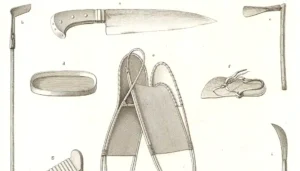
The Matao Iron Trade Part 3: Appropriation and Entanglement
The matao fashioned the iron they acquired from trading with visiting ship crews into traditional tools, including punches, drills, fish hooks and adze blades. The

The matao fashioned the iron they acquired from trading with visiting ship crews into traditional tools, including punches, drills, fish hooks and adze blades. The

Between 1565 and 1665, Guam’s southwest coast received sporadic visits from Spanish vessels, including the first wreck of a trade galleon (San Pablo, 1568), as
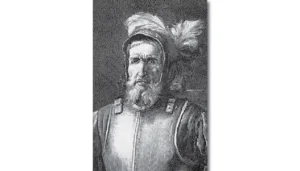
Members of the matao, the highest-ranking strata of Mariana Islands society in the 16th and 17th centuries, carried on the first sustained cultural interaction and
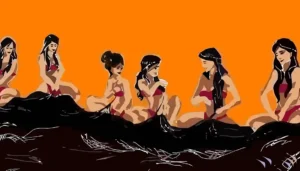
Åntes na tiempo (a long time ago), the ancestors of the modern day CHamorus came to the Marianas, a mighty race of people. They were
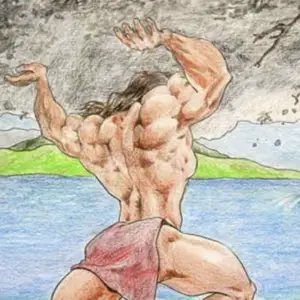
In ancient times the people of the Mariana Islands lived in villages ruled by a maga’låhi or maga’håga (chief or high-ranking son or daughter), who
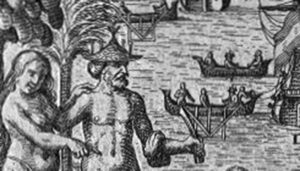
Ancient Chamorros/CHamorus customarily chose their own spouses, rather than their families dictating who they would choose for a partner. The bride and groom’s families, however,
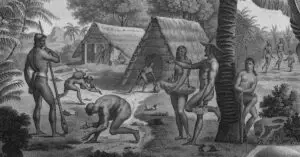
In CHamoru culture today, the notion of family or i-familia is very important. From rosaries to weddings, funerals to barbecues, many CHamoru social events revolve
White sandy beaches, lush jungles, verdant landscapes and gorgeous sunsets—the Marianas, for many, resemble a tropical paradise. With all this natural beauty, do you ever
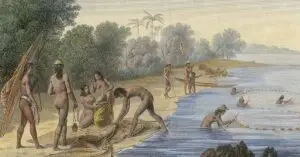
Fishing was one of the most important subsistence activities in ancient CHamoru society. Surrounded by the ocean, the CHamorus relied on their fishing skills to
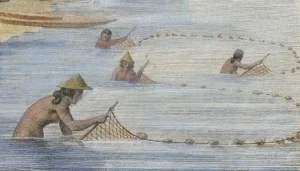
The ancient CHamorus were very adept at fishing and used a variety of implements and techniques to procure food from the inland rivers, lagoons and